Hericium erinaceus, or lion’s mane, is among the commonly cultivated mushrooms on the market. Its distinctive fuzzy texture resembles a lion’s mane or pom-pom. Not only are these mushrooms prized in cooking, they’re used as medicinal mushrooms worldwide. Lion’s mane is used to treat inflammation, digestive issues, depression, anxiety, and more.
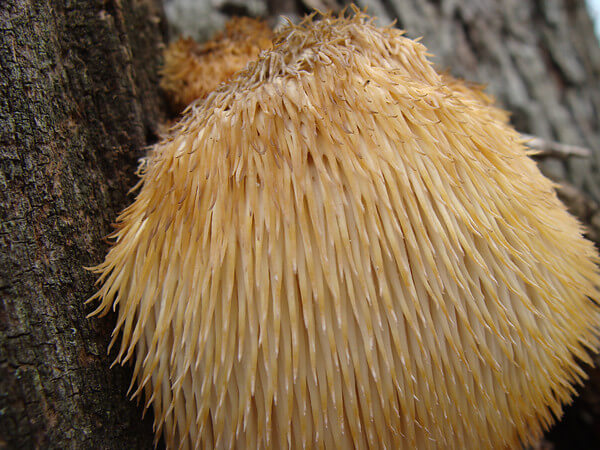
Lion’s mane grows in deciduous wooded areas throughout North America, Europe, Japan, and China. These shrooms prefer to live in beech, sycamore, oak, walnut, and maple trees. You can find them growing wild in temperate seasons and climates. The spores attach themselves to fallen branches, using the nutrients from the substrate to grow to a weight of up to a pound per fruited body.
Health Benefits of Lion’s Mane Mushrooms
The health benefits produced by these shaggy mushrooms are incredible. Many people use lion’s mane supplements or extracts. It’s best to speak to a healthcare professional about the dosage best for you.
Healthline offers an in-depth look at the 9 Health Benefits of Lion’s Mane Mushroom.
- Protects against dementia
- Speeds nervous system injury recovery
- Protects against ulcers
- Relieves mild anxiety and depression
- Boosts immune system
- Reduces inflammation
- Helps manage diabetes symptoms
- May help fight cancer
- Reduces heart disease risk
Growing Lion’s Mane Mushrooms With a Kit
For anyone with experience inoculating mushrooms, creating your own substrate is better than working with a growing kit. Working with bulk substrate and liquid cultures can be challenging for new growers. When we create our own substrate for the lion’s mane mycelium, it’s crucial to sterilize it to ensure no toxic or unwanted molds infiltrate. The process is already done when using a kit, so all you have to do is get the colony started.
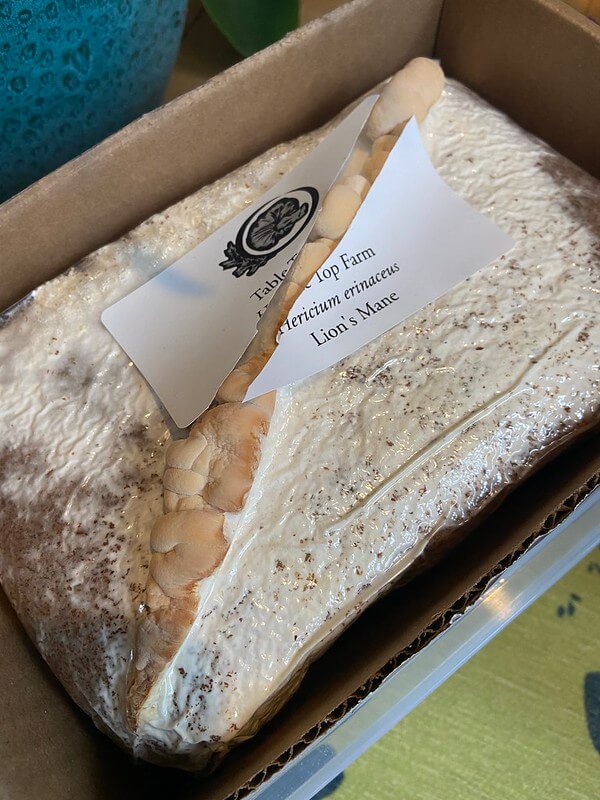
Another reason working with a kit is nice is that everything is set up whether we choose sawdust spawn or chips and grain spawn. There’s no need to worry about picking or developing a lion’s mane spawn, and indoor temperatures with humidity maintained by a spray bottle are sufficient.
Indoor vs. Outdoor Growing
Your method of growing lion’s mane will determine whether indoors or outdoors is best. When using a kit or mushroom-growing bags, you can let them work their magic indoors and outdoors. However, when working with hardwood logs, the fresh air exchange is essential and helps the mushrooms mature more naturally.
The weather conditions and climate are important considerations when growing lion’s mane outdoors. As mentioned above, temperate climates are best. You likely won’t see any fruit when foraging for wild lion’s mane if the temperatures aren’t between 60 degrees and 85 degrees Fahrenheit (15 degrees to 30 degrees Celsius). The environment of the space for the mushrooms should always have 80% humidity. These conditions occur naturally in deciduous, temperate forests where lion’s mane mushrooms grow.
When growing this variety of mushroom indoors, you may need to modify the conditions or create a fruiting chamber where you can control the environment conditions.
Lion’s Mane Mushroom Substrates
Wood from deciduous trees isn’t the only substrate suitable for growing lion’s mane mushrooms. I’ll cover two substrates that can be used to grow lion’s mane mushrooms at home. One tip I’ll share before we move on is that sawdust-grown lion’s mane mushrooms have a more bitter flavor than those grown on logs.
Hardwood Sawdust
You can create your own grow bags and fruiting blocks with hardwood sawdust pellets and livestock feed. Many seasoned growers highly recommend using wheat or oat bran — wheat is a mycelium’s most preferable nitrogen-boosting food.
Hardwood fruiting blocks need the correct combination of the two ingredients and the right amount of moisture. To make 5 pounds of substrate, combine 5 cups of hardwood pellets, 1 ¼ cups of bran, and a third of a gallon of water.
Alternatively, you could use a master mix. Make your own spans by combining hardwood sawdust with soy hulls in a 1 to 1 ratio. Master’s mix is excellent for new mushroom growers because it is more reliable than bulk substrates. Not to mention, soy hulls are available year-round.
Once your ingredients are measured, combine the water with the pellets in a large container or bowl. Mix everything until the pellets break down to the texture of sawdust. Now add your choice of bran, distributing it evenly throughout the water and sawdust mixture.
Add your substrate to the grow bag. You can inoculate in jars, but that’s a complex process. When working with large spawn bags, all substrates will typically fit. Most smaller bags will hold between 1 to 3 pounds of substrate.
With your substrates added, fold the bags and affix a filter to prevent unwanted molds from infiltrating and colonizing your lion’s mane substrates.
Sterilize your substrate inside the bag using a process similar to pasteurization or pressure canning. You’ll submerge the entire grow bag in hot water for an hour or two. Or you can place the whole bag inside a pressure cooker, filling it with water just below the top of the bag. Put a heat-resistant plate on top of the bags and pressure cook them for about 2 ½ hours.
Hardwood Logs
Naturally, lion’s mane mushrooms grow on fallen hardwood logs of beech, oak, sycamore, walnut, and maple trees. Any of these are equally as suitable when growing the mushies at home. Most guides suggest using birch, oak, and maple for long-term projects where you intend to produce multiple flushes in a single substrate.
Short-term projects can be done on oak, black walnut, chestnut, or elm logs. Selecting one that isn’t green and hasn’t already been colonized by another fungus is crucial when choosing your log. You’ll want the logs to be at least a foot in diameter.
If all you have around is green wood, trim off a large suitable branch during the winter and allow it to dry on a raised surface for 1 to 3 months. The goal is to ensure under 50% moisture in the log; we only need enough to support the fruit or the lion’s mane mushrooms.
You will want to keep your mushroom logs away from brush, firewood, or decaying matter to keep things sanitary. Keep your log in an area where natural rainfall can moisten it but out of direct sunlight.
Something I love about growing lion’s mane mushrooms on a log is that while it’s a much slower process, you can harvest mushrooms for up to six years from the time of first fruiting.
Inoculating Lion’s Mane Mushrooms
Now that we have the substrates handled let’s talk about inoculating the shrooms.
Inoculating in Hardwood Sawdust
If you don’t have spores, you’ll need to get a hold of some to inoculate your substrate. If you pressure sterilize your sawdust grow blocks, you’ll have to allow them to cool down for at least 8 hours before inoculating them. Once inoculated, the lion’s mane grain spawn can be added to the bag and shaken to distribute it evenly.
Place the growing bag in a well-ventilated area. Baker’s racks or shelves make excellent storage for lion’s mane mushrooms while they colonize the substrate and fruit. You’ll want a fan nearby for air circulation and a humidifier to keep the humidity in the grow space at 80%. When using a grow kit, they’re specialized for countertop production, so you’ll only need a well-ventilated area and a spray bottle.
Inoculating Hardwood Logs
Drill holes in a diamond pattern with an 85-millimeter drill bit. Space the holes about 2 inches apart. Logs from 3 to 3 ½ feet should have around 80 holes. When working with plug spawn dowels, hammer them into the holes gently, and then cover all of the holes with wax to protect the plugs. Wax-based lip balm will work in a pinch.
Lion’s Mane Mushroom Colonization
Lion’s mane mushroom colonies form in around 10 to 16 days. You should start to see white, nerve-like structures forming within the log or substrate. That is the lion’s mane mycelium. Before you can harvest one fresh mushi, you have to let it develop a network.
During the time between colonization and fruiting, keep an eye on the substrate for contamination. While it’s not likely with a mushroom kit, looking for any signs of discoloration, strange smells, or excess moisture is vital. Monitoring is even more critical when growing lion’s mane colonies in sawdust or logs.
This is the most crucial stage of mushroom cultivation. Without mycelium, there is no way for the fungus to develop the fruit. Be vigilant, my friends.
Initiating Fruiting
Once the substrate is full of lion’s mane mycelium growth, it’s fruiting time. When cultivating a healthy culture in grow bags, cut off the tops of the plastic bags and put them in the fruiting chamber. Then small fruit forms and grows from the mycelia. They’ll start small before forming into large mushrooms within 1 to 2 weeks. During this phase, keep an eye out for any off conditions.
Harvesting Your Lion’s Mane Bounty
Lion’s mane mushrooms can be harvested at multiple stages. Younger lion’s mane shrooms are equally as useful as large mature mushrooms. Harvest them fresh before they start turning golden and drying out.
Use a sharp, sterilized knife to harvest the lion’s mane by cutting them at the stem. Avoid cutting into the substrate or where the spawn is still developing and growing. Grow bags or oak logs will continue to put out flushes you can draw from multiple times. On average, you can get 3 to 4 flushes per kit or bag.
After growing lion’s mane mushrooms, the substrate can be broken down and put into the compost pile or a soon-to-be-used garden bed. I must warn you that hydrangeas, gardenias, and camellias are not fans of mushroom substrate, but just about every other plant is compatible.
There are several ways to use spent substrate. Small amounts of spent substrate can be broken down by hand before being added directly to garden bed soil. Mix it in, and you’re ready to go. You can also add substrate to vermicomposting or worm bins.

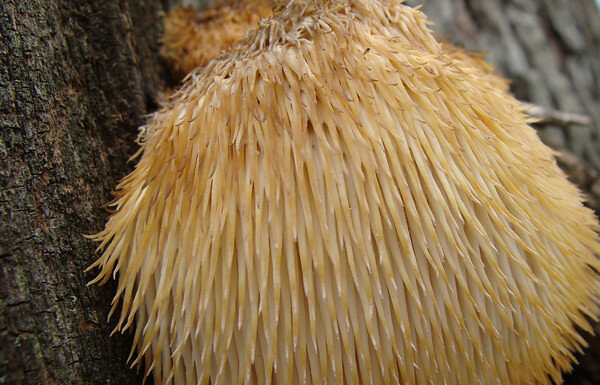
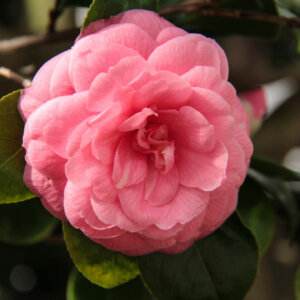


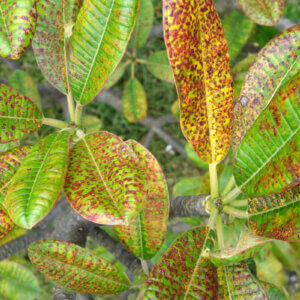
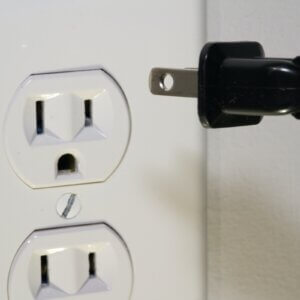








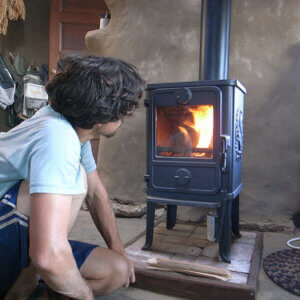




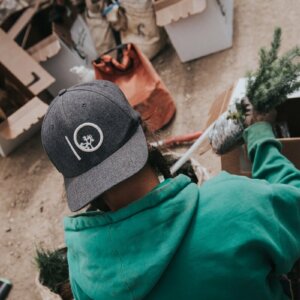

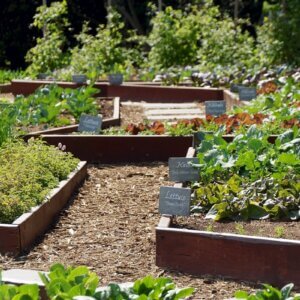
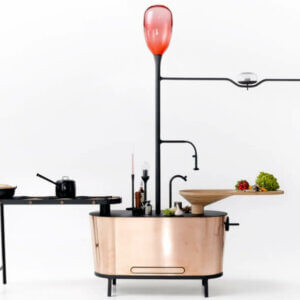




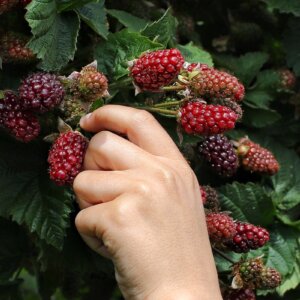
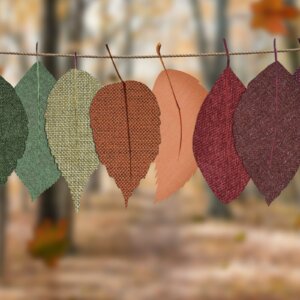
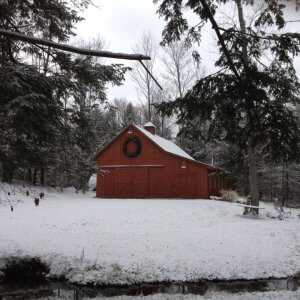


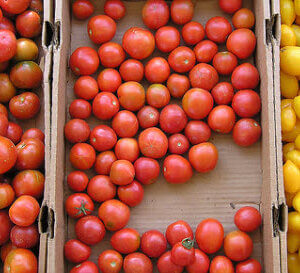


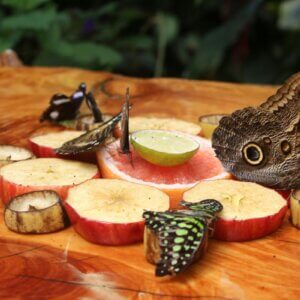
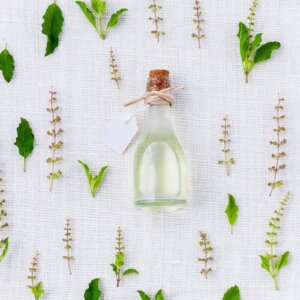
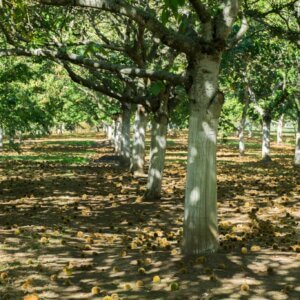
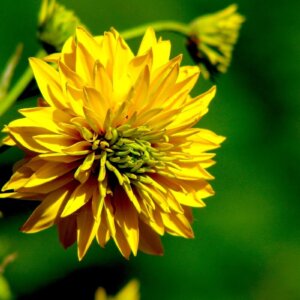
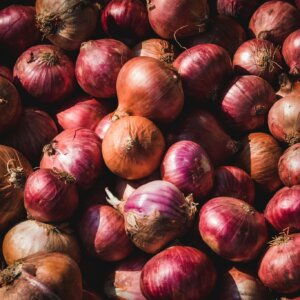

Leave a Reply